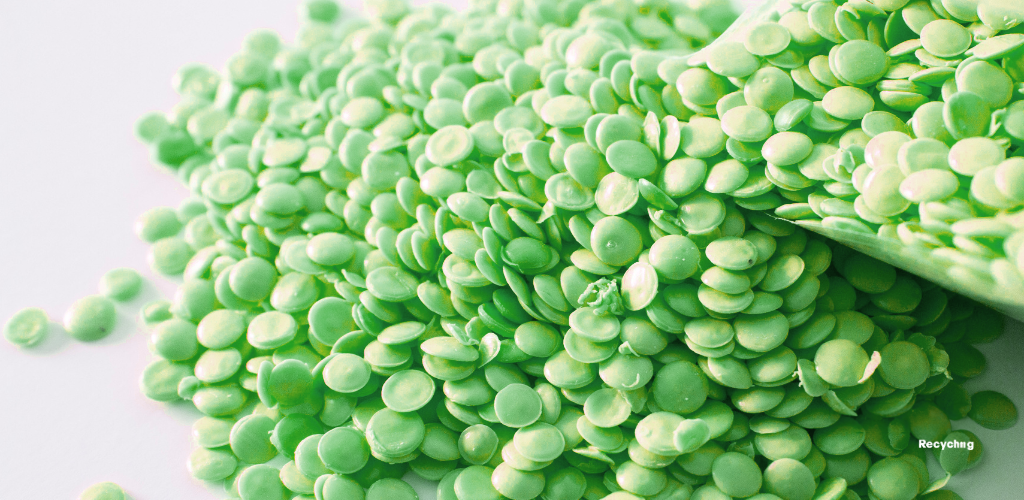For firms specializing in plastic injection, comprehend and optimise its cycle is essential to keep up with a market that is ever-evolving seeking greater speed, efficiency and quality. The plastic injection cycle is where design ideas transform into tangible products production, namely, the productive part.
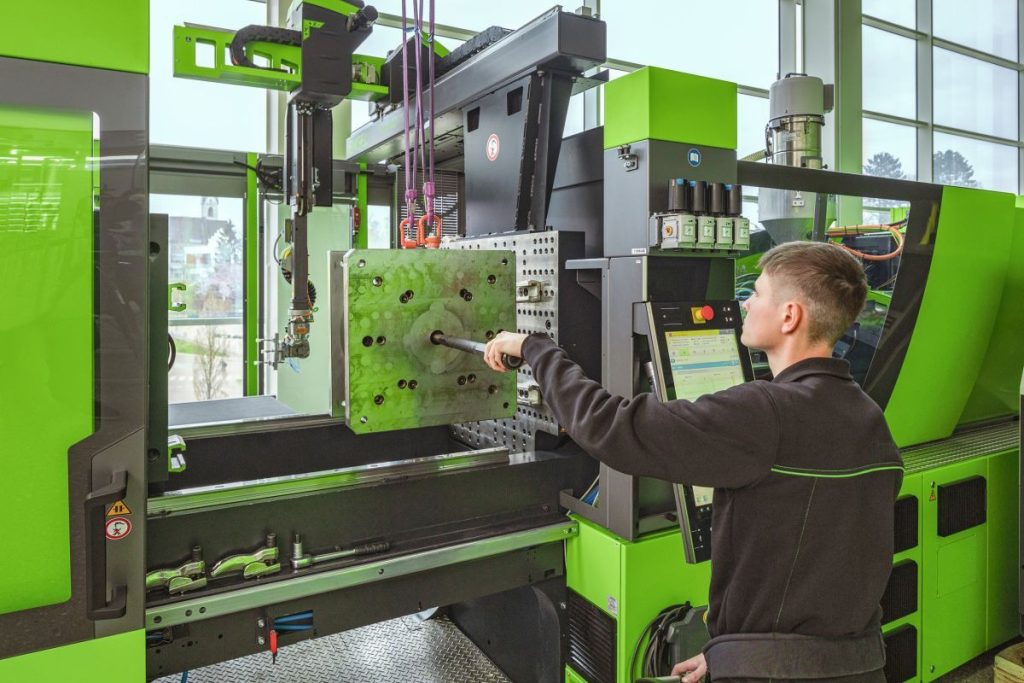
The cycle consists of several phases, each requiring a certain amount of time. While some of these are independent, others occur simultaneously. The sum of all phases production times equals total cycle time. The process aims to achieve the shortest production time possible, as this increases the produced part numbers within the same amount of time.
Each phase and their timing used experimentally for a two-cavity mold that produces PP specimens in polypropylene is explained below.
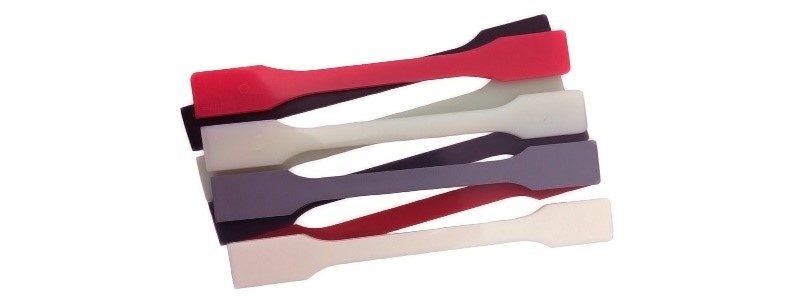
The numbers in brackets indicate the time in seconds spent in each phase as a part of the whole.
[0-1] Mold closure: From this moment on, the timer starts measuring the cycle time. The plastic injection process begins with the mold closing. In this first phase, the metallic pieces are positioned to allow the subsequent plastic injection for part production with the desired shape. This step not only implies physical alignment but also thermal preparation to avoid deformities in the final product.
[1-2] Injection unit approach: The injection unit, with the plastic material at its optimal temperature and pressure, moves toward the mold’s entry point, ensuring proper material flow into the mold cavities.
[2-2.7] Filling: Although it could seem like this phase only involves filling the material through the cavities, it goes further than that. The filling step carries a previous study so the material reaches all hollows of the mold, preventing gaps presumably provoked by air entrapment or the cooling process, not to mention other defects.
It could be carried out in one or different filling points to improve the part production, especially those of great dimensions. In this phase, the temperature of the mold, the injection velocity and the injection precision are key for both the mold and the plastic.
[2-30.7] Cooling: The material injection indicates the beggining of this phase, this is due the fact that since the nozzle is out of the machine its temperature drops, especially when it encounters the mold, which is always cooler than the injected polymer. Cooling represents the longest cycle phase, that said it becomes crucial to time reduction. This phase could be optimised through mold cooling circuits, ensuring uniform cooling to avoid deformations and inconsistencies due to temperature variation. Thickness must be thought out in the design process so extremelly long cycles are avoided. Furthermore, for complex parts or long cycle products, cooling with materials like copper-beryllium alloy (CuBe) can enhance heat transfer efficiency.
[2.7-20.7] Packing: This phase runs parallel to cooling for most of the cycle. As the injected material cools and contracts, additional plastic is injected to compensate for shrinkage and prevent incomplete filling. Packing ends when the pressure matches external pressure, indicating solidification and ensuring product integrity and precise dimensions.
[20.7-21.7] Injection unit withdrawal: Once the last phase is completed, the inejction unit withdrawal starts, hence, preparing the mold for the nexgt cycle.
[21.7-22.7] Charging: Once the injection unit is separated from the mold, the machine is prepared for the next injection cycle. This step occurs simultaneously with part cooling. Slow charging times, particularly for heavy parts, can extend the cycle, potentially overriding cooling as the determining factor for mold opening.
[30.7-31.7] Mold opening: This stage involves opening the mold with the solidified part, ready for ejection. Proper synchronization of slide movements, which move perpendicular to the mold opening direction, is crucial. Slides enable complex design features but may increase cycle times and require careful optimization.
The movement of the sliders must be precisely synchronized with the mold opening process. Poor design or bad timing can lead to damage to the mold or the final product. Moreover, sliders add complexity to the mold design and can increase cycle times, so their use must be carefully considered and optimized.
[31.7-32.7] Ejection: The final phase involves ejecting the parts from the mold. Various methods, such as ejector pins, ejection plates, or air, can be used. Proper consideration of ejection methods during mold design is essential to avoid part sticking or defects.
In cases where the machine is equipped with parallel movements of opening and ejection, the opening movement can be synchronized so that as it opens, the ejection cylinder of the machine moves and allows the part to be ejected while the press opens. This can shave off a few seconds.
This can shave off a few seconds. By placing all these times on a diagram, it can be more easily understood. The numbers in white represent the duration of each process, and those in black represent the cumulative time.
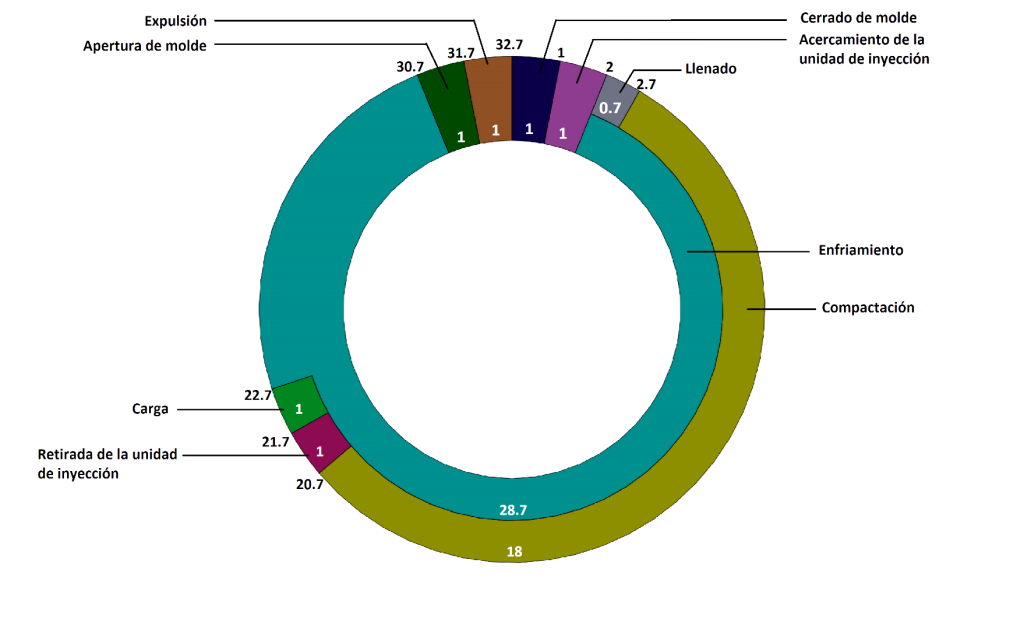
The accumulated cycle time depicted in the diagram is 32.7 seconds, indicating the time required to manufacture two complete parts. Post-processing may be necessary to remove burrs and trim sprues, which are not included in the cycle.
After this, in many cases, a post-process will be necessary to remove burrs and to remove runners that are not considered in the cycle.
As mentioned at the beginning of this article, cycle times vary for each part. Therefore, it’s best to consult with a professional to determine the production time for each specific part. At Moldblade, we can handle designs from concept to completion, including all calculations and the entire production process.

